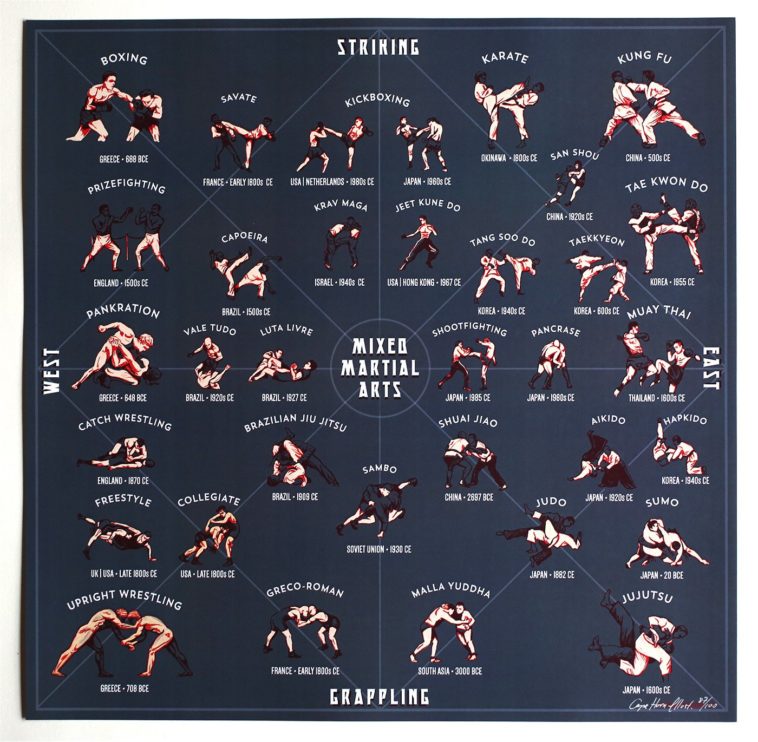Reliable Fighting Style Methods For Protection
Reliable Fighting Style Methods For Protection
Blog Article
Published By-Kara Skafte
Have you ever found yourself in a situation where you felt endangered and wished you understood exactly how to protect yourself?
Imagine this: you're strolling alone in the evening when all of a sudden, a complete stranger approaches you with hostile intent. In such minutes, having a strong understanding of reliable fighting styles strategies for protection can make all the difference.
Yet what are these techniques? Which what martial art does jaden smith use in karate kid should you discover to guarantee your safety? In this discussion, we will certainly explore a variety of strategies, from strikes and kicks to joint locks and tosses, along with defensive maneuvers and gets away.
By the end, you'll have a clearer understanding of the abilities that can encourage you to secure yourself in potentially unsafe situations.
So, let's dive in and uncover the globe of effective martial arts strategies for protection.
Strikes and Kicks
When it pertains to self-defense, strikes and kicks are important methods that can efficiently disarm an assailant.
In a dangerous situation, your ability to strike with accuracy and power can be the difference in between escaping unharmed and coming to be a target.
Strikes entail utilizing your clenched fists, joints, knees, or even your head to provide effective strikes to prone locations of the body, such as the nose, throat, or groin.
Kicks, on the other hand, make use of the toughness of your legs to provide strong strikes to an opponent's legs, torso, or head.
By incorporating https://hoodline.com/2023/08/a-fight-for-survival-oakland-martial-arts-academy-clashes-with-foreclosure/ with speed and accuracy, you can rapidly disable an opponent and develop an opportunity to run away.
Remember to go for susceptible areas and use your body's natural tools to your benefit.
Joint Locks and Tosses
After mastering strikes and kicks, you can additionally improve your protection skills by learning joint locks and tosses. Joint locks are methods that involve controling your opponent's joints, triggering discomfort or immobilization.
Tosses, on the other hand, include using your challenger's energy versus them to take them down to the ground.
These strategies not just offer you with efficient ways to control and reduce the effects of an aggressor, however they also instill a sense of self-confidence and empowerment.
By understanding joint locks and tosses, you'll be able to swiftly and successfully immobilize an opponent, providing you the edge in any self-defense situation.
Bear in mind, self-defense has to do with shielding on your own and others, and these strategies can help you do just that. So, why wait?
Start learning joint locks and throws today and be planned for any type of situation that comes your means.
Defensive Maneuvers and Escapes
To effectively protect yourself in an unsafe situation, it's vital to master protective maneuvers and leaves. These techniques are developed to assist you escape and overcome an enemy promptly and effectively.
One effective protective maneuver is the sidestep. By stepping to the side, you can avoid an oncoming attack and develop a chance to counterattack.
An additional helpful technique is the duck and cover. This includes bending down and covering your head and vital areas with your arms. It can secure you from strikes and allow you to assess the circumstance and plan your following step.
Furthermore, discovering escapes such as wrist grabs, bear hugs, and chokeholds can help you break without an opponent's understanding and develop range.
Final thought
In the world of self-defense, grasping effective fighting styles strategies is important. Whether it's the quick strikes and powerful kicks that leave your opponent stunned, the experienced execution of joint locks and tosses that immobilize them, or the defensive maneuvers and gets away that give you flexibility, these methods resemble a dynamic tapestry of defense.
Like a skilled artist with a brush, you can paint a picture of safety and security and self-confidence with every relocation you make.
